Consumers have spent 50 percent more for filling the petrol tanks in 10 months of the fiscal year so far, than last year – doling out Rs1.3 trillion. The spending on High-Speed Diesel (HSD) at Rs1.1 trillion is not too far behind, higher by 44 percent year-on-year. Going by the frantic calls of raising prices to curb demand – this spending should largely be price driven.
But it is not. For petrol that went 30 percent dearer year-on-year (from an already high base mind you), the demand went up 10 percent. For HSD, a 24 percent increase in average prices could not stop the demand from going up 21 percent. Both petrol and HSD prices averages the highest-ever for the 10-month period.

The jury is out on whether another 30 percent increase in prices could have dented demand. It may or may not have. The merits of organic demand in a growing economy, with gradually changing consumption patterns and urbanization, must not be set aside for the love of oversimplicity. When a 30 percent price increase leading to highest-ever pump prices could not dent demand, who is to say the next 30 percent would have done that for sure?
This is by no means suggesting that an average consumer would not cut down on petroleum spending when prices go significantly higher. But one must make way for growing number of wheels on the road, creating fresh demand. Nearly 1.4 million two-wheelers and a little over 0.17 million cars were added in 10M-FY22. Going by safe and conservative estimates of no more than 10 liters a month for a bike, and four times as high for a four-wheeler – that alone, accounts for a quarter of the additional billion liters in ten months so far.

HSD consumption, mind you, is still off the peak four years ago. One would assume the scale of economic activities to have grown from four years ago. HSD is known to have a higher smuggling incidence than gasoline. Looking at the numbers, it appears that the HSD smuggling may be on the rise, and the rising prices also make a more compelling case of higher smuggling incidence. Either way, it does not appear there is much room to curtail HSD organic demand, especially when it has not even matched the consumption of FY18.
Double-digit yearly growth in both petrol and HSD consumption has been a norm in Pakistan for well over a decade, barring FY19-FY21 (negative economic growth followed by Covid). The petroleum subsidy is altogether another subject, and has reached to levels, which are substantially higher from when it was announced. Fiscal realities suggest that footing the petroleum subsidy bill is a herculean task and will be difficult to continue. Discontinuing that will ease pressure on the fiscal front.

But that does not guarantee a dent in demand significant enough to make a meaningful impact on external account front. Reduced working days and commercial business hours is also welcome. But one must know, it would not yield any massive savings, as even the most stringent of movement restrictions during peak Covid only led to a slight decline in demand. In short, increase the price for all practical purposes, but only for fiscal relief, and not necessarily reduced demand.







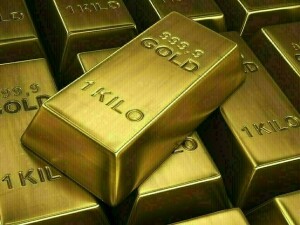
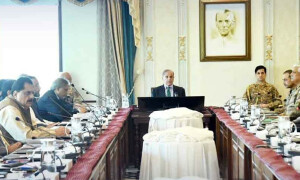



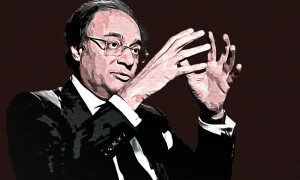
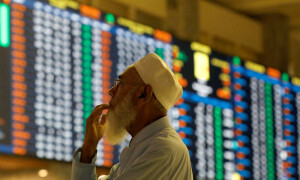
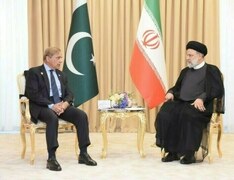
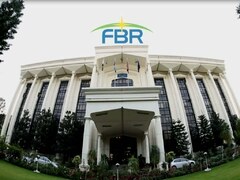

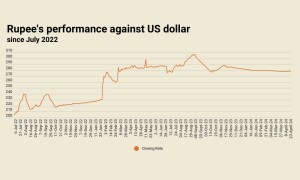
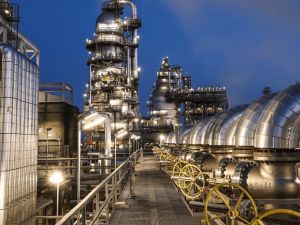
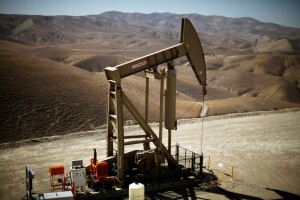



Comments
Comments are closed.